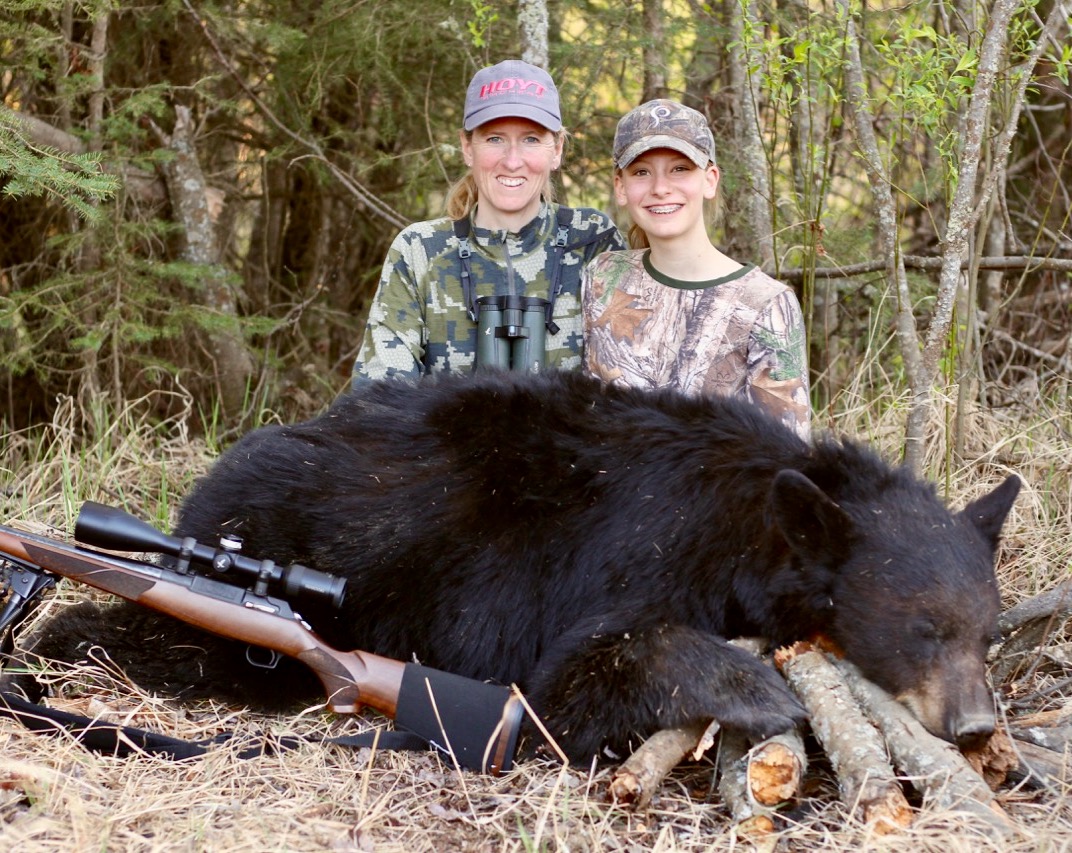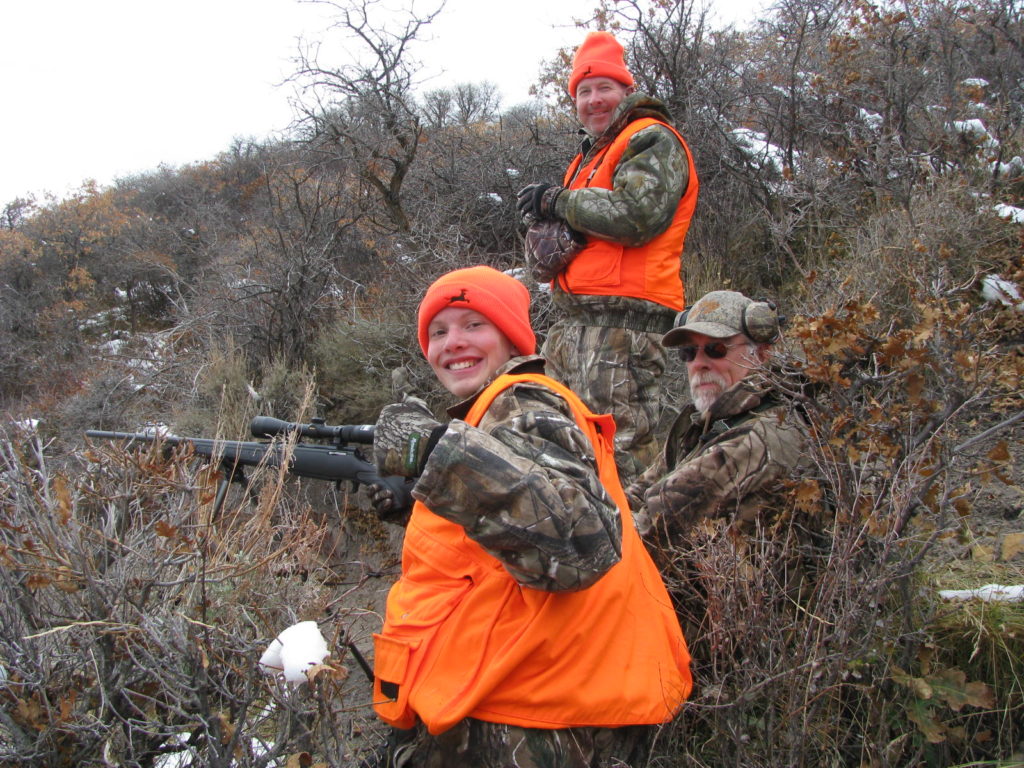Young guns
A step-by-step approach to successfully get kids excited about hunting
Advertisement
#4 HUNT PREPARATION
I can’t stress enough the importance of properly preparing young people on what to expect in the field before they participate in an actual hunt. For hunting big game, that includes teaching them about everything from identifying sign to the importance of feeding, bedding and staging areas. It also includes telling them how and why you set up stands or blinds in certain areas.
Advertisement
Likewise, for hunting waterfowl you need to explain which crops the birds feed on, where they roost, how to set up decoy spreads and blinds, and what times of the day to hunt. For upland hunting, you must teach youngsters about shooting zones, and how to respond to flushing birds and shoot safely over working dogs.
It’s equally important to teach kids ethical hunting practices. That includes when to (and not to) shoot, etiquette in the field and respect for landowners and their property. They also need to know the provincial and federal regulations that will further guide their actions in the field.
Since my kids come from a hunting family, the transition from observers to actual hunters came naturally for them. If you’re mentoring a young person unfamiliar with hunting, however, it can be helpful to introduce them to it in small doses. Communicate realistic expectations and have conversations about why we hunt and the skills involved, as well as about hunting ethics and responsibilities.
Advertisement
Also involve kids in the planning. If you’re deer hunting, for example, have them play an active role in finding good ground. Have them join you as you approach landowners, look at aerial photos and go on pre-season scouting trips. Explain the importance of good landowner relations and following landowner requests when it comes closing gates, vehicle use and what animals you can shoot, among other stipulations.


